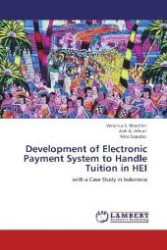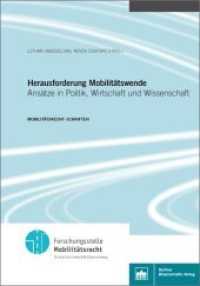Full Description
Economic history has always emphasized the importance of long-distance trade in the emergence of modern financial markets, yet almost nothing is known about the Manila trade. This book offers the first reconstruction of the capital market of Manila using new archival sources that have never been used in the economic history of Pacific trade.
The book explains how trade between Asia and Spanish America across the Pacific, which lasted for 250 years (1571 - 1815) was financed from the city of Manila.The book analyses the political economy and institutional structures of the Manila capital market in the context of the global silver trade, as well as addressing key similarities and differences with European trade routes and differing approaches to colonialism and commerce in Asian waters. It traces how the Manila capital market emerged in a bottom-up process with a redistributive aspect that tied the interests of citizens with the fortunes of trade, using institutions familiar to the public like legacy funds, brotherhoods and lay religious orders to pool liquidity, originate working capital, and internalise the risk of loss at sea. It challenges the notion that there is a normative model for the development of capital markets and introduces an industrial organisation analysis to the broader structure of Early Modern trade in the Spanish Empire. Sitting at the intersection of economic and financial history, global history, imperial history and political economy, this book will be a cutting-edge and valuable resource for a broad range of scholars.
Contents
Chapter I: Introduction.- Chapter II - The Manila Trade.- Chapter III - The Capital Markets of the Manila Trade.- Chapter IV - The Business Model of the one-Galleon System.- Chapter V - An Alternative model of Trade Finance.- Chapter VI - The Political Economy of the Manila trade.- Chapter VII - Conclusion.








